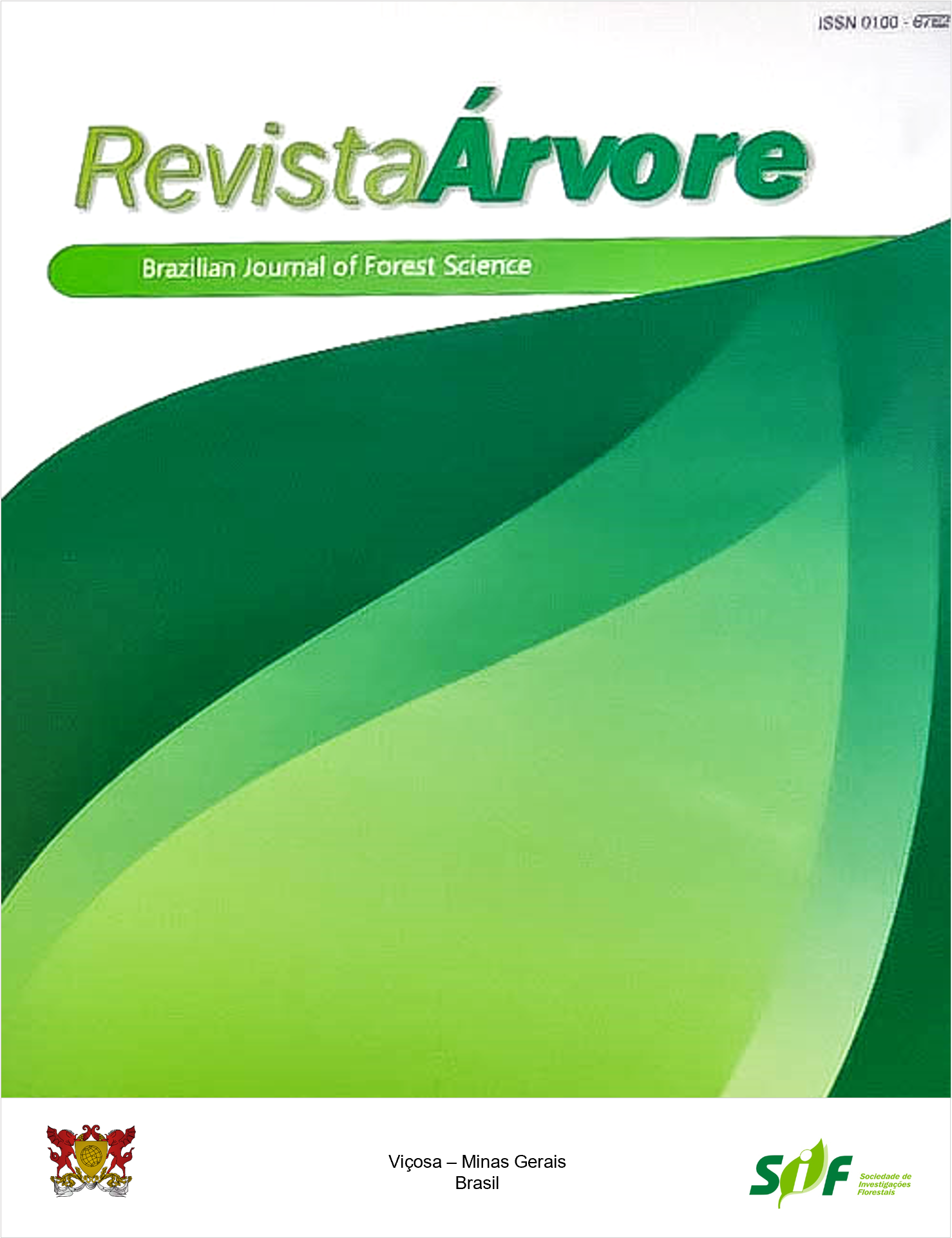PHENOLOGICAL SYNCHRONICITY OF Byrsonima pachyphylla A. Juss. AND B. verbascifolia (L.) DC. (MALPIGHIACEAE) AND ITS RELATION WITH CLIMATE SEASONALITY
Keywords:
Murici, Phenology, EcotoneAbstract
Phenology is defined as the study of the timing of biological events and the biotic and abiotic factors that trigger them. This study reports a description of the phenology of Byrsonima pachyphylla and B. verbascifolia in an ecotonal area between the Cerrado and Amazonia biomes in the Brazilian state of Tocantins, to contribute to a better understanding of their autoecology in this region. Two populations of 15 adult individuals of each species, randomly selected in a Cerrado area in Porto Nacional, Tocantins, were surveyed for 12 months. Percentages were estimated of leaf flush, young, mature, and senescent leaves (vegetative phenology), flower buds, open flowers, green and ripe fruits (reproductive phenology) present in the canopy, as well as the synchrony of the reproductive phenophases. The vegetative and reproductive phenological events were seasonal and occurred mainly at the end of the dry season and during the transition from the dry to the rainy season. Considering the vegetative and reproductive phenology, B. pachyphylla was classified as “evergreen with continuous growth” and as a late-flowering species, whereas B. verbascifolia was classified as “evergreen with seasonal growth” and as an early-flowering species. The reproductive phenological activity of the species exhibited high synchrony. The results suggest that the vegetative and reproductive events are peculiar to each species and represent effective strategies for their survival in the Cerrado, which is markedly seasonal.
Keywords: Murici; Phenology; Ecotone
Downloads
Published
How to Cite
Issue
Section
License
All authors agreed to submit the work to Revista Árvore and granted the exclusive license to publish the article. The authors affirm that it is an original work and has not been previously published elsewhere. The scientific content and opinions expressed in the article are the sole responsibility of the authors and reflect their opinions, not necessarily representing the opinions of the editorial board of Revista Árvore or of the Society of Forest Investigations (SIF).




